- Home
- Features
- Movies/Media
- Collectibles
- Comics/Books
-
Databases
-
Figure Database
>
-
X-Plus Toho/Daiei/Other
>
- X-Plus 30 cm Godzilla/Toho Part One
- X-Plus 30 cm Godzilla/Toho Part Two
- X-Plus Large Monster Series Godzilla/Toho Part One
- X-Plus Large Monster Series Godzilla/Toho Part Two
- X-Plus Godzilla/Toho Pre-2007
- X-Plus Godzilla/Toho Gigantic Series
- X-Plus Daiei/Pacific Rim/Other
- X-Plus Daiei/Other Pre-2009
- X-Plus Toho/Daiei DefoReal/More Part One
- X-Plus Toho/Daiei DefoReal/More Part Two
- X-Plus Godzilla/Toho Other Figure Lines
- X-Plus Classic Creatures & More
- Star Ace/X-Plus Classic Creatures & More
-
X-Plus Ultraman
>
- X-Plus Ultraman Pre-2012 Part One
- X-Plus Ultraman Pre-2012 Part Two
- X-Plus Ultraman 2012 - 2013
- X-Plus Ultraman 2014 - 2015
- X-Plus Ultraman 2016 - 2017
- X-Plus Ultraman 2018 - 2019
- X-Plus Ultraman 2020 - 2021
- X-Plus Ultraman 2022 - 2023
- X-Plus Ultraman Gigantics/DefoReals
- X-Plus Ultraman RMC
- X-Plus Ultraman RMC Plus
- X-Plus Ultraman Other Figure Lines
- X-Plus Tokusatsu
- Bandai/Tamashii >
- Banpresto
- NECA >
- Medicom Toys >
- Kaiyodo/Revoltech
- Diamond Select Toys
- Funko/Jakks/Others
- Playmates Toys
- Art Spirits
- Mezco Toyz
-
X-Plus Toho/Daiei/Other
>
- Movie Database >
- Comic/Book Database >
-
Figure Database
>
- Marketplace
- Kaiju Addicts
|
Daikyojū Gappa (大巨獣ガッパ "Gappa, The Colossal Beast") is a 1967 Kaiju film. This Japanese film was produced by Nikkatsu Corporation, and was their only foray into the giant monster genre. The foreign sales title for the film was Gappa: The Triphibian Monster, and was dubbed into English (considered the "International Version"). The film was picked up by American International Pictures and released directly to television in the US under their American International Television banner, and retitled Monster from a Prehistoric Planet. This version was one of many films syndicated to broadcasters nationwide by AIP-TV, and became a staple for Horror Hosts on television stations from San Francisco to New York City from the late 1960s through early 1980s. Plot An expedition from Tokyo heads to Obelisk Island, which the greedy Mr. Funazu, president of "Playmate Magazine", wants to turn into a resort. The natives of Obelisk welcome the expedition, but two members, Hiroshi and Itoko, venture into a forbidden area despite the pleas of a native boy named Saki. They enter a cavern blocked by a fallen statue and find a giant egg, out of which hatches a baby monster, a "bird-lizard", referred to as a "Gappa". The natives plead with the skeptical scientists not to take the baby away, lest it anger the baby's parents. Sure enough, they take the baby away, and soon, inside the caverns, its two parents rise from the underground waters beneath the volcano, destroying everything in their path. Saki, the only survivor, is rescued by an American navy fleet and brought back to Japan. Meanwhile, back in Japan, the baby "bird-lizard" is making world headlines, not to mention being experimented on by scientists. To the shock of the expedition members there is news of two giant flying creatures appearing over Sagami Bay. The Gappa parents ravage cities looking for their offspring, and are impervious to military weapons. Hiroshi, Itoko and Professor Tonooka (a scientist from the expedition) realize that the "Gappas" aren't a legend after all. They, and Saki, try to convince the headstrong Mr. Funazu to let go of the baby and return it to its parents. Will they convince him before the Gappas destroy Japan and perhaps the world? Overview This film was intended as a lighthearted satire of the daikaiju films of the period. This is one of the reasons the film has come under criticism by many people and kaiju fans.[citation needed] But some of the satire is lost in translated overseas prints. The film's special effects were provided by Akira Watanabe, who had worked as an art director on many tokusatsu films such as the 1957 Toho sci-fi classic, The Mysterians. Although his work is not up to the standards of his colleague Eiji Tsuburaya, he provides some very interesting visuals, such as: In the scene where the Gappas rise from the ocean into a city, one of the Gappas was carrying an octopus in its mouth, hoping to bring food to its missing offspring, assuming it was found (this scene was meant to be humorous). One of the Gappas stomps its feet right into the middle of a kabuki theater, with people inside panicking and running. Different versions In the Japanese version, the opening credits and ending were accompanied by a Rock & Roll theme song, "Gappa, The Colossal Beast" (the first and second verses, respectively), and the touching reunion scene near the end had a ballad called "Keep Trying, Baby Gappa!". In all overseas prints, the opening and ending songs were replaced with standard orchestral music, and "Keep Trying, Baby Gappa!" was instrumental. There was also an urban legend that Nikkatsu's international English prints originally had a racist line, "The monsters are attacking Tokyo. Fortunately they are attacking the Negro section of town." And that the line was changed to "...attacking the poor section of town". In actuality, the line in the AIP-TV version is "attacking the Nikkō region..." — Nikkō is a city known for its beautiful and ancient shrines in the mountains of Tochigi Prefecture, Japan (approximately 140 km north of Tokyo). Home Video Release
Officially, the AIP-TV version of the film was first issued in the US by Orion Home Video (the Home Video arm of Orion Pictures, which had taken over the AIP catalogue) in the late 1980s on VHS, and a subsequent Laserdisc release (the latter was a double feature release with Godzilla vs. The Smog Monster issued by Orion and Image Entertainment). AIP's rights for Monster from a Prehistoric Planet (held by Orion Pictures) eventually lapsed into the Public Domain in the US. In the late 1990s, the Home Video rights to the film was licensed directly from Nikkatsu for VHS and (a bare-bones) DVD release by Media Blasters, under the Tokyo Shock label, including both the International English and Japanese language versions (the latter with English subtitles). The original version of the film has been issued twice on DVD in Japan, in 2000 (in a deluxe set with a figure) and 2004 (as a single disc with special features), respectively.
0 Comments
Leave a Reply. |
Archives
January 2022
Categories
All
|
|
© 2011-2024 Kaiju Battle. All Rights Reserved.
|
Visit Our Social Media Sites
|
Proudly powered by Weebly
|
- Home
- Features
- Movies/Media
- Collectibles
- Comics/Books
-
Databases
-
Figure Database
>
-
X-Plus Toho/Daiei/Other
>
- X-Plus 30 cm Godzilla/Toho Part One
- X-Plus 30 cm Godzilla/Toho Part Two
- X-Plus Large Monster Series Godzilla/Toho Part One
- X-Plus Large Monster Series Godzilla/Toho Part Two
- X-Plus Godzilla/Toho Pre-2007
- X-Plus Godzilla/Toho Gigantic Series
- X-Plus Daiei/Pacific Rim/Other
- X-Plus Daiei/Other Pre-2009
- X-Plus Toho/Daiei DefoReal/More Part One
- X-Plus Toho/Daiei DefoReal/More Part Two
- X-Plus Godzilla/Toho Other Figure Lines
- X-Plus Classic Creatures & More
- Star Ace/X-Plus Classic Creatures & More
-
X-Plus Ultraman
>
- X-Plus Ultraman Pre-2012 Part One
- X-Plus Ultraman Pre-2012 Part Two
- X-Plus Ultraman 2012 - 2013
- X-Plus Ultraman 2014 - 2015
- X-Plus Ultraman 2016 - 2017
- X-Plus Ultraman 2018 - 2019
- X-Plus Ultraman 2020 - 2021
- X-Plus Ultraman 2022 - 2023
- X-Plus Ultraman Gigantics/DefoReals
- X-Plus Ultraman RMC
- X-Plus Ultraman RMC Plus
- X-Plus Ultraman Other Figure Lines
- X-Plus Tokusatsu
- Bandai/Tamashii >
- Banpresto
- NECA >
- Medicom Toys >
- Kaiyodo/Revoltech
- Diamond Select Toys
- Funko/Jakks/Others
- Playmates Toys
- Art Spirits
- Mezco Toyz
-
X-Plus Toho/Daiei/Other
>
- Movie Database >
- Comic/Book Database >
-
Figure Database
>
- Marketplace
- Kaiju Addicts
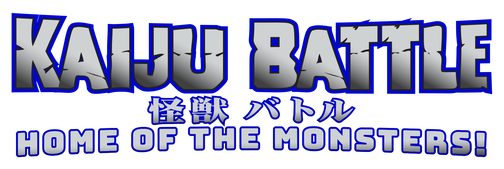
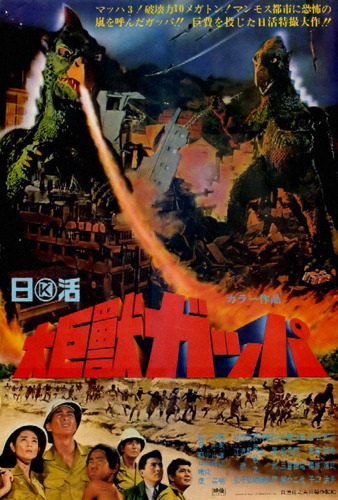
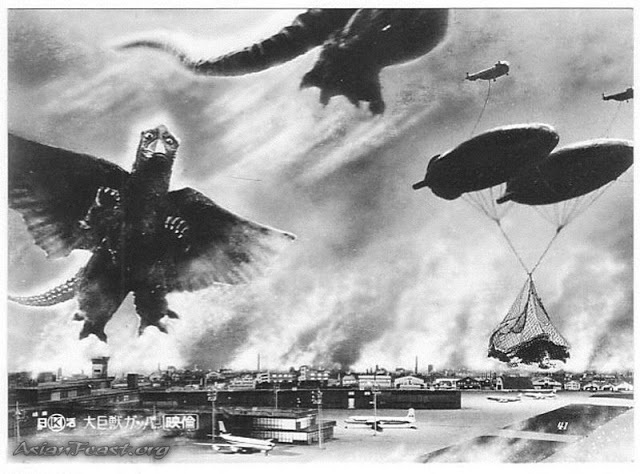
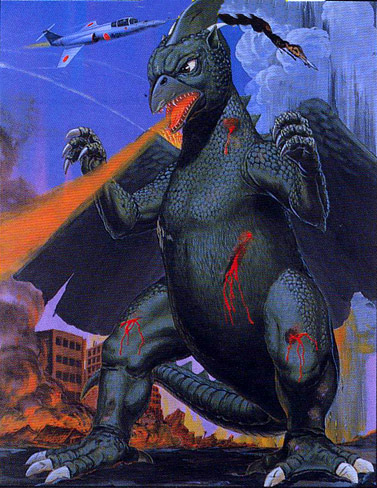
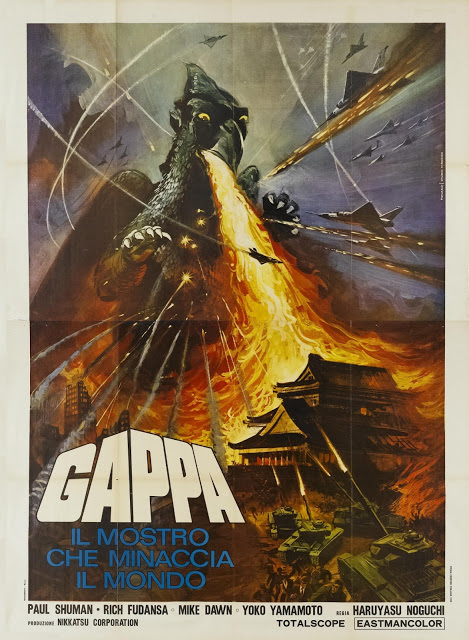
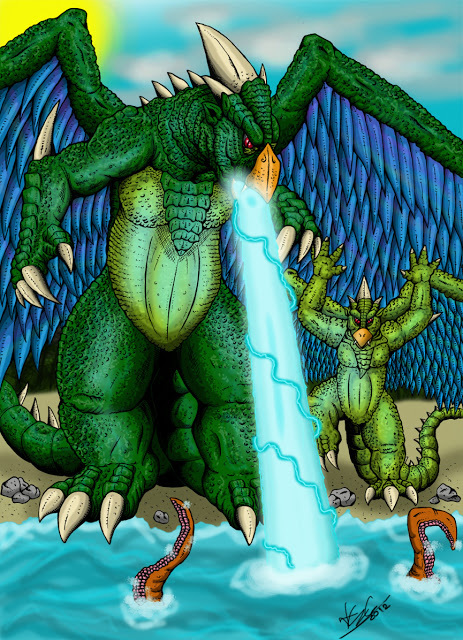
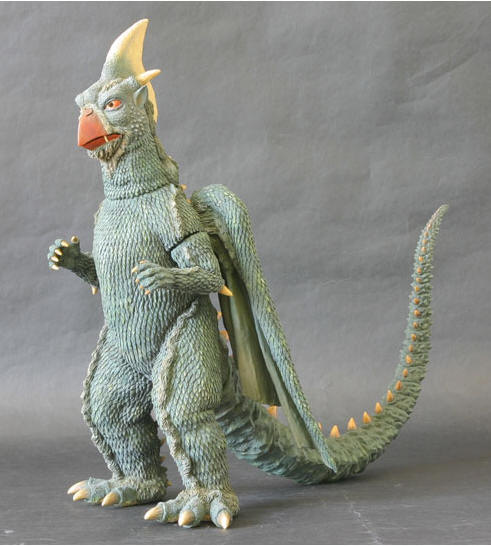
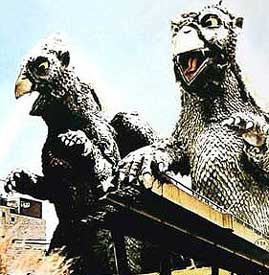
 RSS Feed
RSS Feed